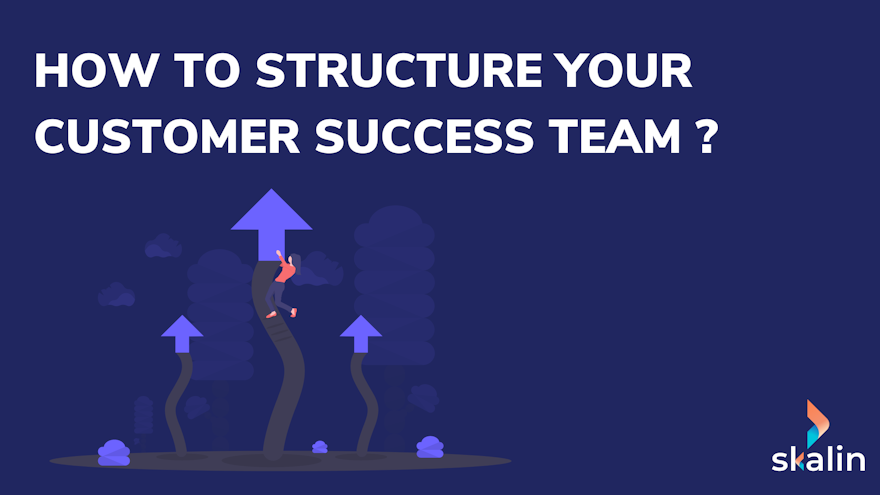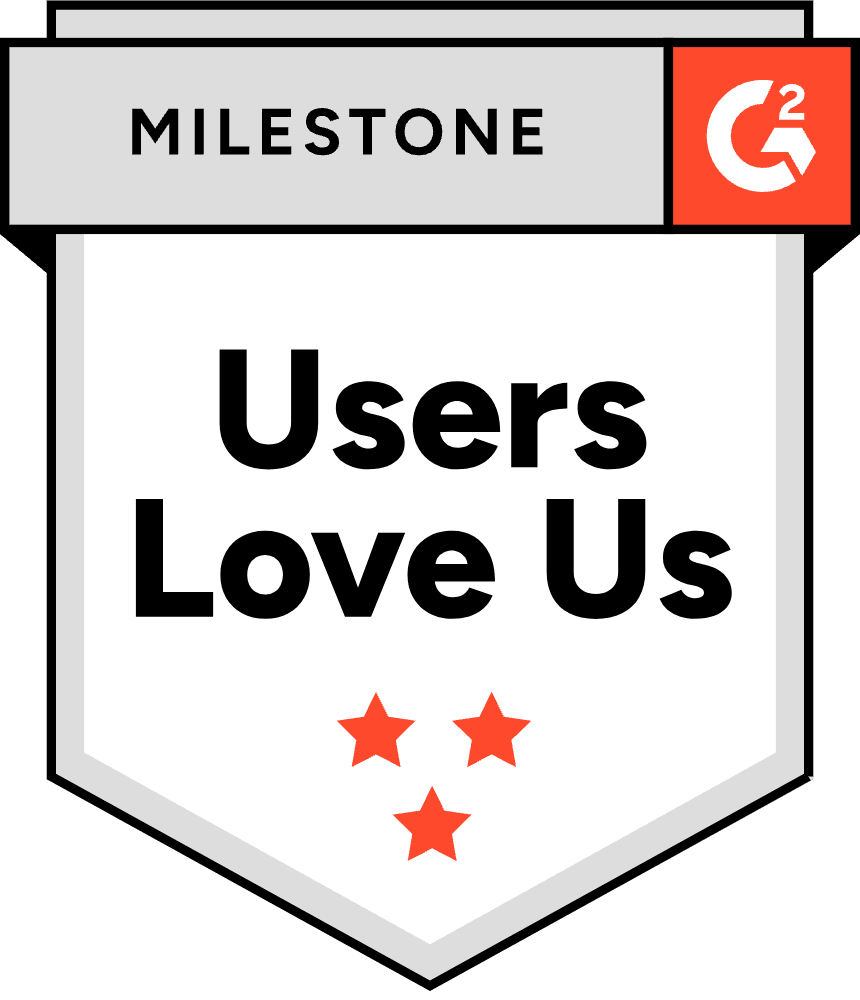During the first years of your startup's, customer satisfaction is cultivated through proximity. This close relationship enables you to mitigate the deficiencies of a nascent, frequently imperfect, product. However, this approach is not sustainable as it's impractical to assign a Customer Success Manager to each customer if you aim for your company to scale. Here are some pivotal strategies to fuel your growth!
Team specialization
Initially, Customer Success Managers (CSMs) tend to have fairly versatile roles. However, as your company grows, you'll need to rethink your organizational structure. Each team will gradually need to be subdivided into specialized sub-teams.
#1 Setting up the Onboarding team
The onboarding team is likely the first level of specialization you'll need to create. If the software you're selling is technically complex, you've probably chosen from the outset to separate the onboarding teams from the teams responsible for customer support. For simpler solutions to implement, it's probably the Success team that initially handles the implementation phase before establishing a dedicated team. Therefore, the onboarding manager will handle the build, handing over to the customer success managers for the run.
#2 Creation of the Support Team
The second level of specialization comes with the creation of a support team (or Customer Care). This team will handle incoming customer requests - but not only that. The Care team will also work on knowledge-related issues by implementing documentation for your users: user manuals, online help, FAQs, chatbots, etc. It's important not to delay the creation of this team too much as it will contribute to reducing incoming customer requests by making them more self-sufficient.
Once you have set up your onboarding and support teams, you will have made significant progress in your organization as each team will be aligned with its own tempo and priorities.
Quick-Win
If establishing a dedicated support position immediately is not feasible, we suggest implementing a rotational system. For instance, one CSM can manage support requests on specific days of the week, with another taking over on subsequent days. Likewise, each onboarding manager can address incidents during designated times. This approach allows the rest of the team to focus mentally on core tasks, serving as a means to (re)energize the teams.
#3 The Account Management issue
Another consideration arises with the differentiation between Customer Success and Account Management. Customer Success will primarily focus on supporting operational teams on a daily basis, while Account Management will handle relationships with decision-makers and all commercial aspects (such as upselling, renewals, etc.). This separation is an inevitable step, but it's crucial not to rush into it.
It's advisable to wait until you have around 4 or 5 CSMs before contemplating the recruitment of your first Account Manager or Engagement Manager. While it's true that CSMs might not always excel in sales, it's essential to weigh the potential improvement in upsell rates against the cost of hiring a nearly dedicated salesperson. Rushing into this transition before reaching this threshold could create ambiguity between the roles of CSMs and AMs, leading to a decline in efficiency. Alternatively, you can assign a manager with expertise in these areas whom the teams can rely on if needed.
Typically, the AM team is aligned with the sales team. In such cases, establishing a common interface with the CSM team through the implementation of a Chief Revenue Officer (CRO) role to oversee the entire process might prove beneficial.
#4 Implementation of "Ops" Functions
"Ops" functions are cross-functional roles aimed at ensuring the scalability of processes and tools. Their objective is to identify friction points and redundant tasks within the teams they support (Sales, CSM, etc., depending on their sphere of influence).
Their responsibilities include:
- Reviewing and optimizing processes.
- Automating low-value tasks to enable teams to concentrate on activities that add value for customers.
- Implementing appropriate tools as needed.
Defining New Roles for Everyone
To provide clarity regarding the responsibilities assigned to each team member, formalizing them can be beneficial. The RACI matrix delineates all tasks and outlines the roles of each member:
- R for Responsible: The team executing the task
- A for Accountable: The team responsible for validation
- C for Consulted: The team involved or consulted
- I for Informed: The team that needs to be kept informed
While this approach may appear somewhat academic, it often proves highly valuable in clarifying any ambiguities arising from team reorganizations.
Example of a RACI matrix
The Importance of Long-Term Vision
Growth can sometimes seem like an abstract concept, so don't hesitate to make it tangible. Let's say your startup is experiencing a growth rate of 70% per year - that's impressive. If you maintain this pace - which is likely what's outlined in your business plan - it means that in 3 years, you'll have increased your ARR by 5 times! Consequently, your team will likely have expanded proportionally, perhaps even by a factor of 4 if you've implemented the right processes (which, of course, you will have done after reading our blog!).
Now, envision your organizational chart not for tomorrow, but for 3 years down the line, when your team will be four times larger. What would you like your team to resemble? Once you have this long-term vision in mind, define interim visions of your organizational chart. With a clear destination in sight, things become clearer. You're no longer searching for candidates who simply "tick all the boxes," but rather for those who complement the coherent whole you're building.
Example - Current organization
Example - 3-year target vision
Example - Intermediate construction at 1 year
So, don't worry: things rarely go exactly as planned! However, this exercise compels you to take a step back, chart a course, and contemplate the potential roles each person might assume in the upcoming reorganization. It's the vision the teams are counting on from you.
Standardization of processes
Another crucial aspect is the standardization of processes to ensure a seamless customer experience, regardless of the team handling customer management. This ideal customer journey needs to be meticulously refined for each customer and uniformly applied across the board, irrespective of individual preferences. This standardized process will eventually become your hallmark, enabling your business to grow on a solid foundation.
The Selection of Tools
The tools within your organization will also need to evolve to support your growth. As Customer Success, you'll soon encounter the limitations of relying solely on a combination of CRM, Excel, and back-office systems. You will realize the ramifications of not having a comprehensive 360° view of your portfolio and will seek a tool tailored to your requirements. At this juncture, a Customer Success Platform like Skalin could serve as a catalyst to bolster your expansion efforts.








